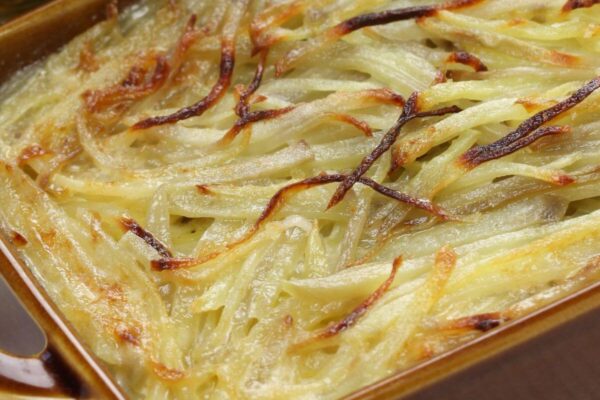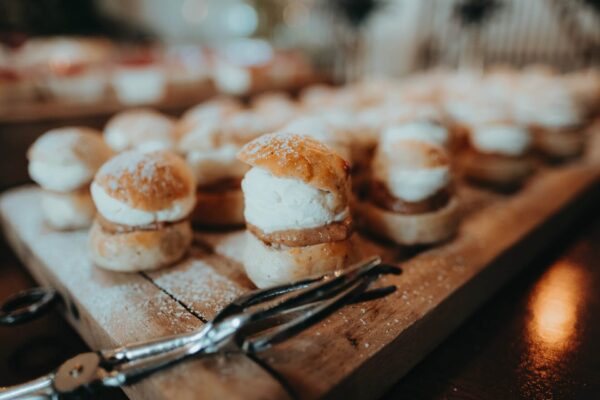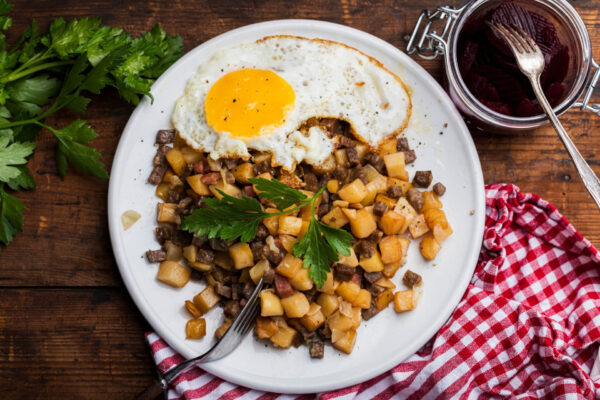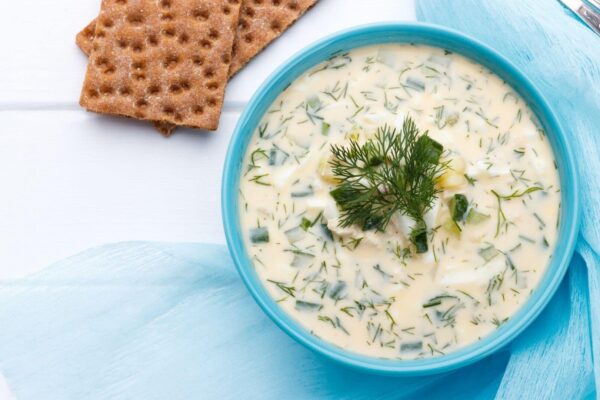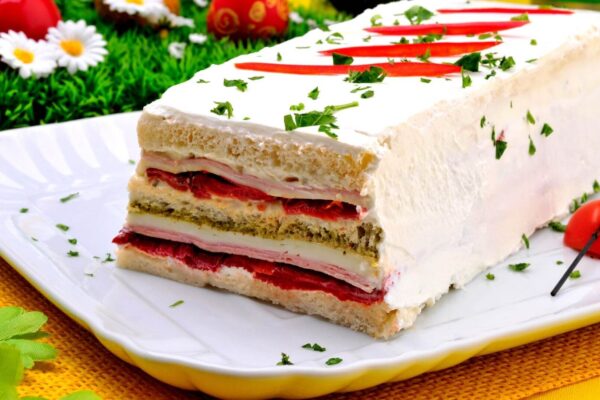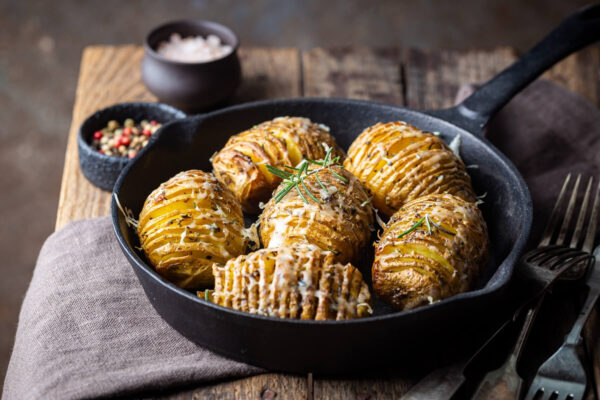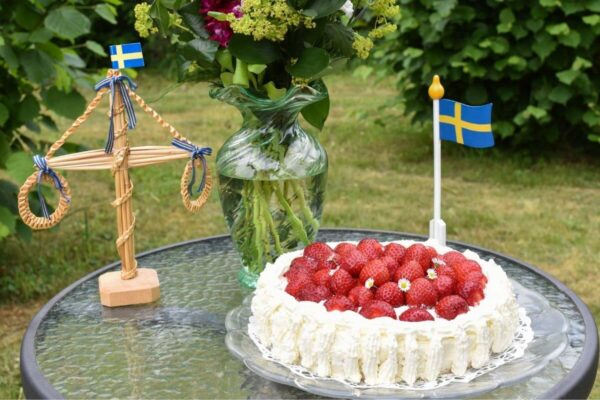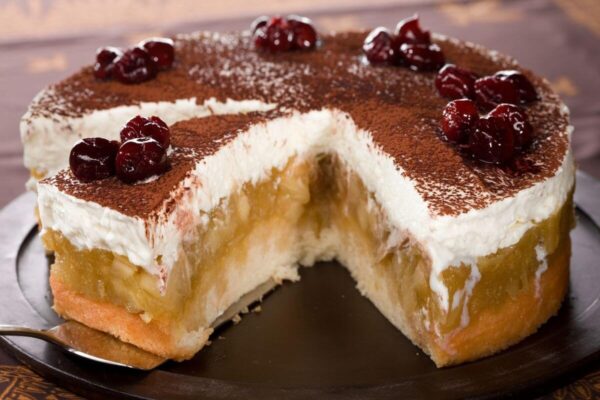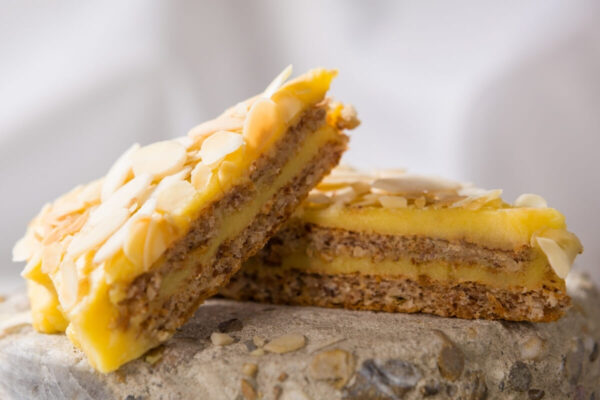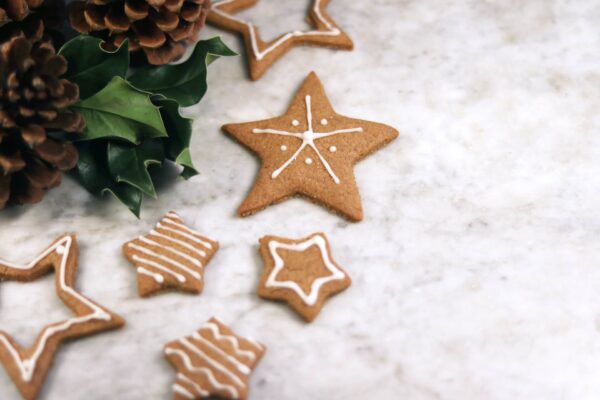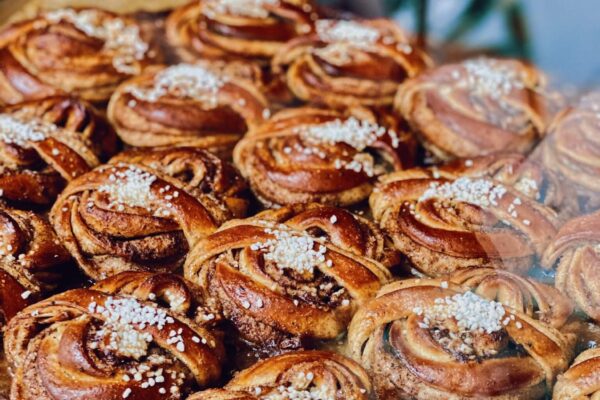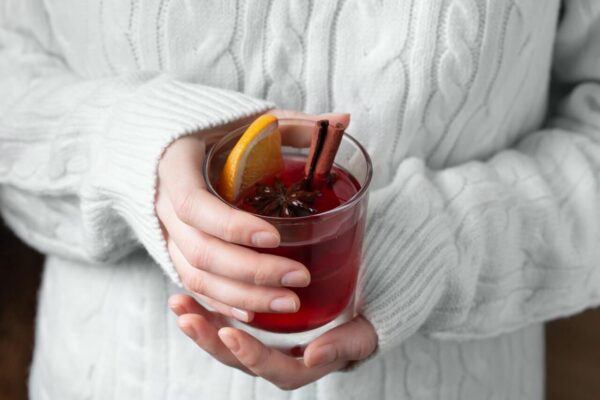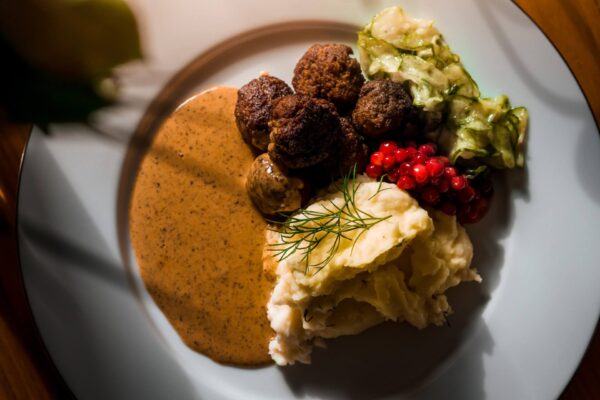Sweden has many Christmas traditions, including the right Christmas biscuits. Lussekatter are the delicious, saffron-coloured yeast buns. They are baked during the Advent season, but are especially eaten during the traditional Lucia festival on 13 December.
Lussekatter Recipe
- 150 ml Milk
- 0,5 Cubes Fresh yeast
- 1 Knife point Ground saffron
- 350 g Flour
- 50 g Sugar
- 1 Pinch Salt
- 2 Egg
- 50 g Soft butter
- 1 Tbsp. Water
- 25 g Sultanas
- Flour sifter
- Hand mixer
- Baking paper
- Pastry brush
- Ingredients
- 150 ml Milk
- •0,5 Cubes Fresh yeast
- •1 Knife point Ground saffron
Firstly, heat the milk and then crumble in the yeast. It must dissolve completely in the milk. Then stir in the ground saffron.
- Ingredients
- 350 g Flour
- •50 g Sugar
- •1 Pinch Salt
- Utils
- Flour sifter
Weigh out the flour and pass through a sifter into a bowl. Make a mould in the centre. Carefully pour in the yeast milk, sugar and a pinch of salt.
- Ingredients
- 1 Egg
- •50 g Soft butter
- Utils
- Hand mixer
Add the egg and butter to the flour and mix everything with the dough hook to form a dough. Then leave the dough to rise for about an hour.
- Utils
- Baking paper
Line two baking trays with baking paper and then flour your hands. Knead the dough well. Then cut it into about 24 equal pieces and roll into finger-thick strands. Roll them into an S shape and twist in the ends. Place on the trays and leave to rise again for about 15 minutes.
- Ingredients
- 1 Egg
- •1 Tbsp. Water
- •25 g Sultanas
- Utils
- Pastry brush
Preheat to 200°C fan oven. Meanwhile, crack the egg and whisk together the egg yolk and 1 tbsp water. Brush the lussekatter with the mixture. Press a sultana into the centre of each of the two twisted ends. Bake for about 10 minutes until golden brown. Then leave to cool.
| Energy | 177 kcal |
|---|---|
| Protein | 5,5 g |
| Fat | 5,4 g |
| Carbohydrates | 25,6 g |
| Calcium | 24 mg |
Origin & Tradition
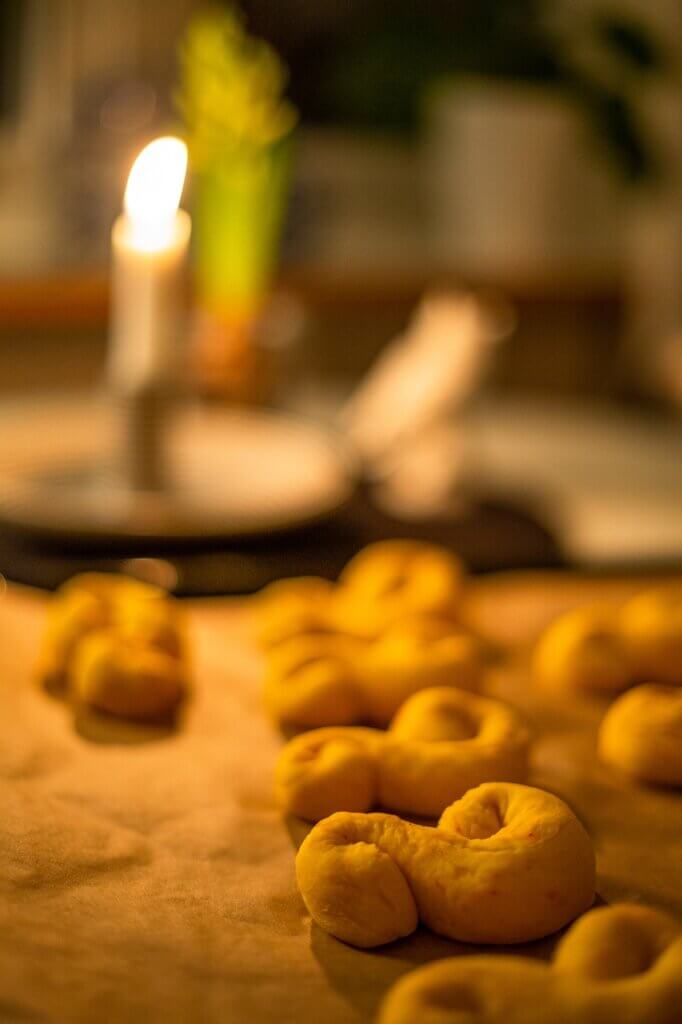
For a Christmas like the Swedes, the right biscuits are a must. Whether Kanelbullar, Pepparkakor or Lussekatter: the Swedes like it sweet and love traditional Christmas spices.
Lussekatter, with their saffron flavour, sultanas and typical yellow colouring, are traditionally baked in Sweden at Christmas time for the Lucia festival. The festival of lights in honour of Saint Lucia takes place every year on 13 December, the shortest and therefore darkest day of the year according to the old calendar. In Sweden, but also in Norway and Finland to some extent, this day is lit up with lots of candles and festive processions.
Traditionally, people eat lussekatter and drink the Scandinavian version of mulled wine, called glögg, on Lucia. According to tradition, the sultanas in the biscuits symbolise the eyes that were torn out of the saint during her martyrdom in 303 or 304.
Lussekatter is the plural form of the so-called “Lucia cats”. In the singular, the Swedes say lussekatt. However, they are also called saffranskuse or julkuse, which means “saffron kiss” or “Christmas kiss”.
Make your own lussekatt
Making your own lussekatter is relatively easy if you don’t have any problems with yeast dough. If you want to be on the safe side or if you’re in a hurry, you can of course also buy some: Ikea, for example, has saffron biscuits for baking in its range every winter. They are particularly tasty and spread a pleasant scent when they come out of the oven.

If you bake the lucia cats yourself, moulding the dough at the end is particularly fun. Various shapes are common in Sweden. The classic and probably best known are the S-shaped julgalten. Both ends are rolled up in opposite directions to form an S shape. A sultana is then placed in the centre of the two rolled-up ends.
If you place several of these next to each other, they are called julvagn (“Christmas wagon”). The dough can also be placed in the shape of a cross – the so-called julkors (“Christmas cross”). There are also other, less common shapes, but no matter what, lussekatter always taste delicious.
Incidentally, the lussekatter are brushed with egg yolk at the end to give them a special shine and golden-brown colour.
